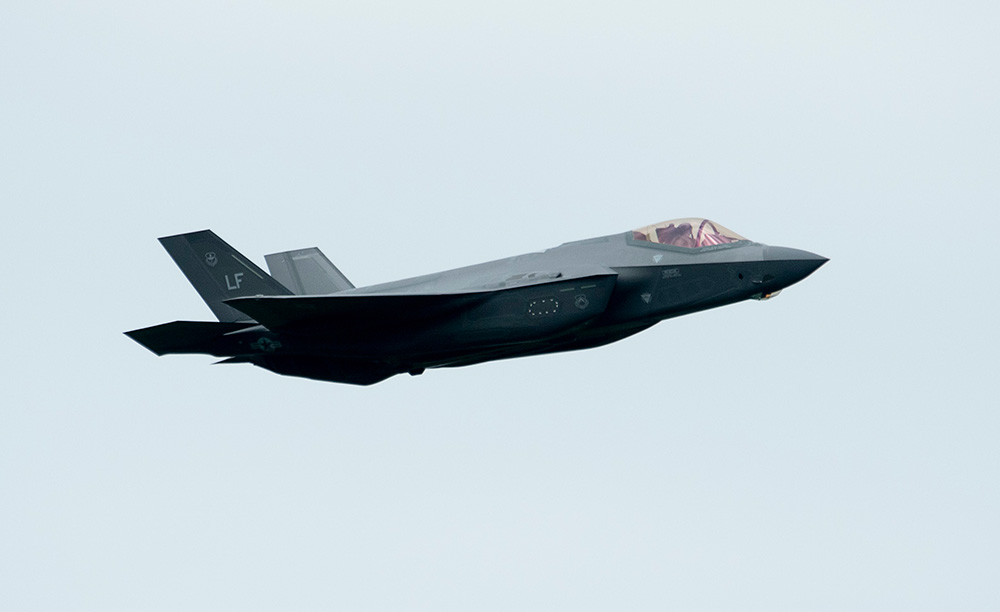Points 1 and 2 are diametrically opposed to each other. Based off the costs for domestic production of the Gripen in Brazil, which is ~USD$120 mil. per aircraft, as I had already mentioned previously in this thread, the costs for a domestic Canadian-built Gripen would be as high or higher. The only way that Gripen would be the "low cost" option is if Canada were to purchase them from a line that is already actively producing the aircraft efficiently. This essentially means importing them from Sweden, where the per aircraft flyaway costs might get down to ~USD$69 mil though I have seen some sources which say Gripen's flyaway cost is USD$85 mil.
For a point of comparison, the F-35A cost from LRIP Lot 14 was USD$77.9 mil. data for this can be found
here.
The basic gist of that is the assertions that importing the Gripen is the 'low cost' option to acquire new fighters may no longer be accurate, and even if is still true, the cost difference is perhaps 10% less, while the F-35 is at the end of the low rate initial production cycles. While I expect the operating costs for Gripen to continue to be lower, the range of capabilities that a Gripen can offer both now and into the future will also be less. Especially if a conflict were to break out between a peer or near-peer competitor. The other thing to consider is not just the costs to acquire and operate a fighter, but also it's service life. In this regard, the F-35 is likely to have a longer service life while remaining an effective and relevant asset than if any new 4th or 4.5 gen fighters were to be purchased by the RCAF. Where things could really start to fall down is the future options and costs to fit newly developed kit to 4th and 4.5 gen fighters. The fewer user-nations for a fighter, the less urgency there would be to develop and integrate new weapon capabilities on the part of manufacturers, as it would be dependent on what the user-nations wanted and were willing to pay for. Being part of a wide user base however is likely to increase what gets developed and integrated, as well as reducing the costs different users pay because it can be spread around more.
With all the above in mind, there are a number of options available to the RCAF. I know what I prefer as well as why I prefer it, but absent further information or guidance from the CANGov, we cannot state with anything like certainty what will end up being selected, or why.



